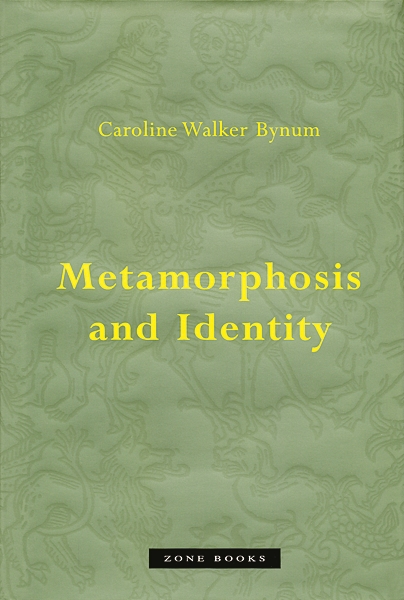

Caroline Walker Bynum's last book, ''Jesus as Mother,'' brilliantly and persuasively explored that startling analogy in devotional literature and art of the late Middle Ages.

Augustine argued against a ''carnal'' understanding, but in the late Middle Ages, ''real'' came more and more to mean ''physical,'' so that the Augustinian explanation, that Christ's living body was his word, seemed to mitigate the scandal by avoiding a lit-eral understanding of Christ's words.Ī nursing mother would have had less difficulty understanding, since she feeds her child from her living flesh and blood. John, Jesus scandalizes the crowd by telling them to eat his flesh and drink his blood: ''For my flesh is meat indeed and my blood is drink indeed.'' For centuries thereafter, Christian theologians debated the meaning of those words and wondered about the ''real presence'' of Christ's body and blood in the sacrament commemorating his offer. IN the sixth chapter of the Gospel of St. Berkeley: University of California Press. HOLY FEAST AND HOLY FAST The Religious Significance of Food to Medieval Women.


 0 kommentar(er)
0 kommentar(er)
